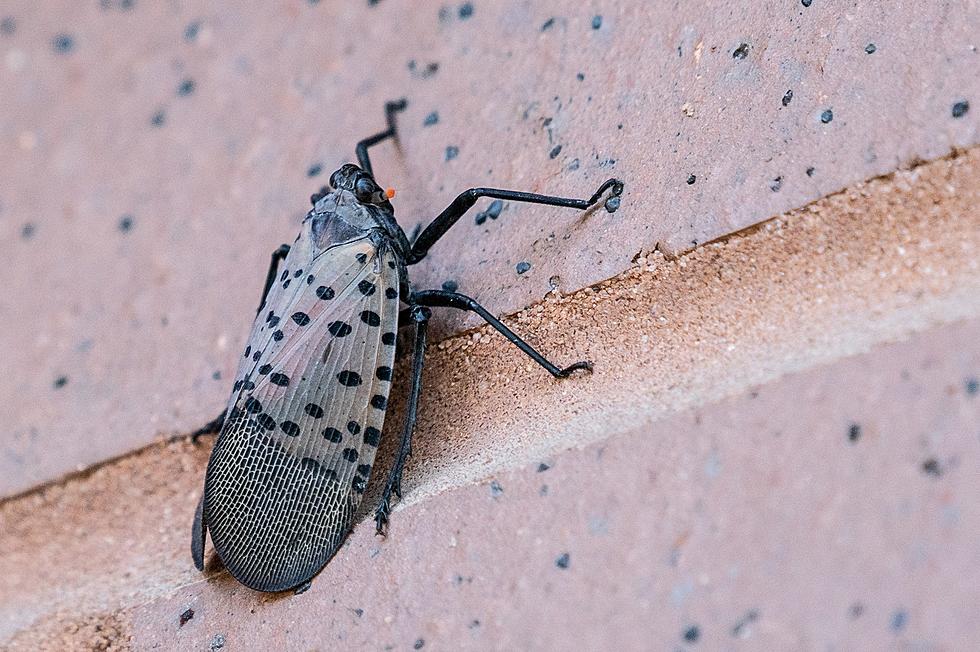
Pest Now in Central Midwest: Experts Say You Should Kill This Insect
First spotted in the United States just nine years ago, they continue to spread west, causing damage in their wake. Unfortunately, a "moderately populated area" has now been found in a neighboring state to Iowa.
2014 was the year the Spotted Lanternfly, native to China, was accidentally introduced in Pennsylvania. Since then, it has put 14 additional states in its grasp. The invasive, damage-causing insect has been confirmed in Connecticut, Delaware, Indiana, Maryland, Massachusetts, Michigan, New Jersey, New York, North Carolina, Ohio, Rhode Island, Virginia, West Virginia, and now in Illinois.
Last month in the Land of Lincoln, the Illinois Department of Agriculture said a "moderately populated area of spotted lanternfly" was found in an undisclosed area of the state.
In Iowa, two immature spotted lanternflies were found in July of 2022. According to the Iowa Department of Agriculture & Land Stewardship, "Surveys of the immediate area have not resulted in signs of an ongoing infestation and entomologists hope the insects recently hitchhiked into the area."
Why is there so much concern about the Spotted Lanternfly? There are plenty of reasons. While it's a beautiful insect, it can do a lot of damage.
According to the U.S. Department of Agriculture, the Spotted Lanternfly "feeds on a wide range of fruit, ornamental, and woody trees." There are more than 70 different types of plants and trees that they feed on. Below are some of what could be impacted by the Spotted Lanternfly if they invade the state of Iowa:
- Apples
- Apricots
- Cherries
- Grapes
- Maple Trees
- Nectarines
- Oak Trees
- Peaches
- Pine Trees
- Plums
- Poplar Trees
- Sycamore Trees
- Walnut Trees
- Willow Trees
The Iowa Department of Natural Resources says Spotted Lanternflies "suck sap from stems and branches which can weaken and damage the plant. This feeding also leaves behind a sticky, sugary residue called honeydew that attracts other insects and promotes the growth of sooty mold, which can further damage the plant."
The message is simple. If you see the Spotted Lanternfly, photograph them and report them to the Entomology and Plant Science Bureau at (515) 725-1470 or email Entomology@IowaAgricultre.gov. Then kill the bug, destroy their eggs, or both.
LOOK: 20 of the biggest insects in the world
Gallery Credit: Andrea Vale
Quiz: Do you know your state insect?
Gallery Credit: Andrew Vale
LOOK: Where people in Iowa are moving to most
Gallery Credit: Stacker
More From Q98.5









